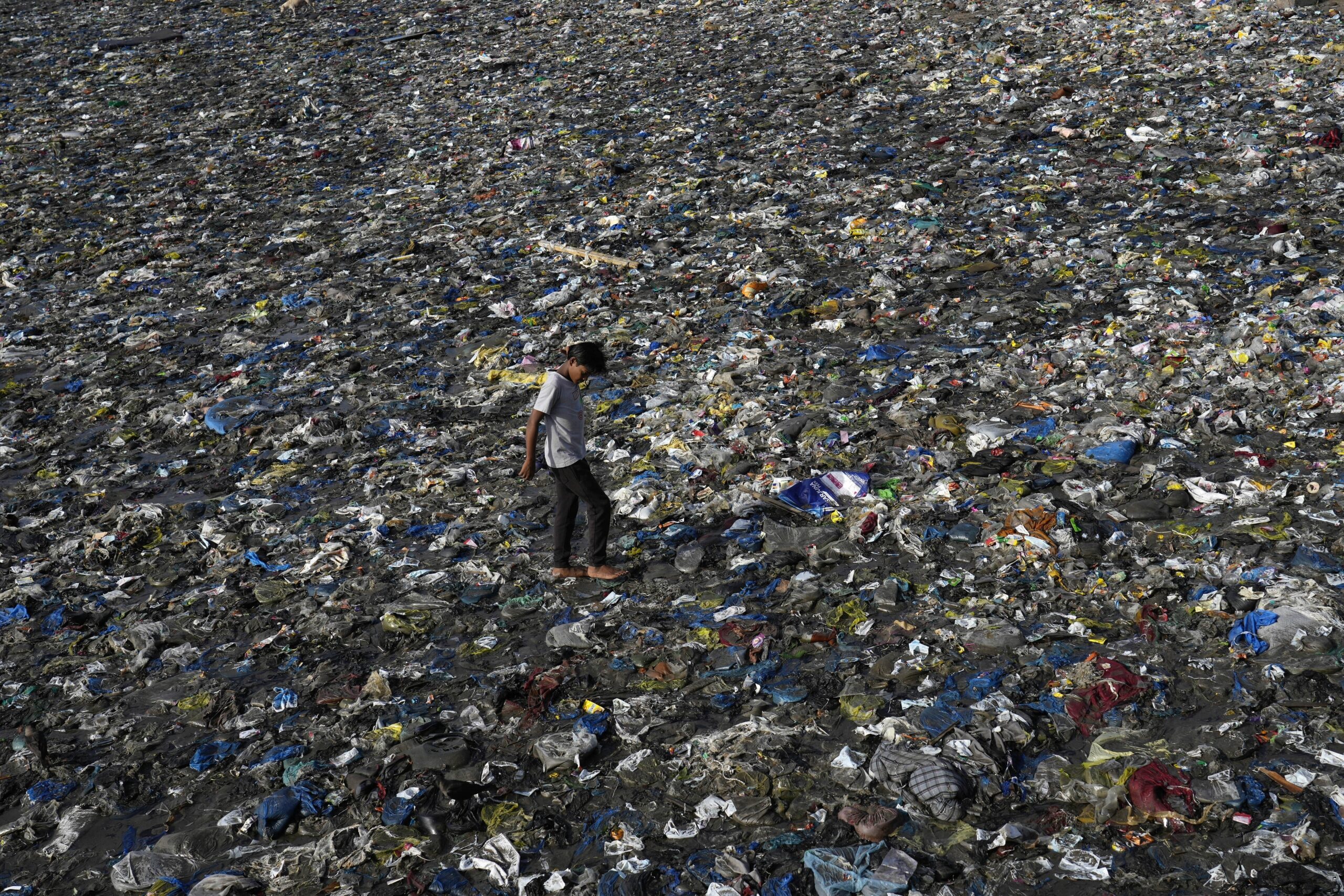Plastic waste is piling up at a daunting pace around the world. The World Bank estimates that every person on the planet generates an average of 1.6 pounds (0.74 kilograms) of plastic waste daily.
To curb this flow, 175 nations are negotiating a binding international treaty on plastic pollution, with a completion target of late 2024. In July 2024, the Biden administration released the first U.S. plan for addressing this problem.
The new U.S. strategy covers five areas: plastic production, product design, waste generation, waste management and plastic capture and removal. It also list actions that federal agencies and departments are currently pursuing.
I study environmental law, including efforts to reduce plastic pollution. As the world’s largest economy, the U.S. is a critical player in this effort. Based on my research, here are three proposals in the U.S. plan that I believe are important and one omission that I view as a major gap.
A federal standard for measuring microplastics
Studies have detected tiny plastic fragments, known as microplastics, in settings that include the atmosphere, drinking water sources, wild animals and human food chains.
While scientists have found that wildlife, such as seabirds, can be harmed by consuming plastic, the effects on human health are less clear. Unlike other pollutants, microplastics have different effects depending on their size, their shape and where they are found, such as in food, air or water. And humans can be exposed to them via many different pathways, including inhalation, ingestion and touch.
There is no federal standard for measuring microplastics in various media, such as water and soil, so studies lack standardized definitions, methods and reporting techniques. In 2023, California launched a microplastic monitoring program, which includes developing a standardized method for measuring microplastics in drinking water.
The Biden administration’s plan calls for developing standardized methods…
Read the full article here

Leave a Reply